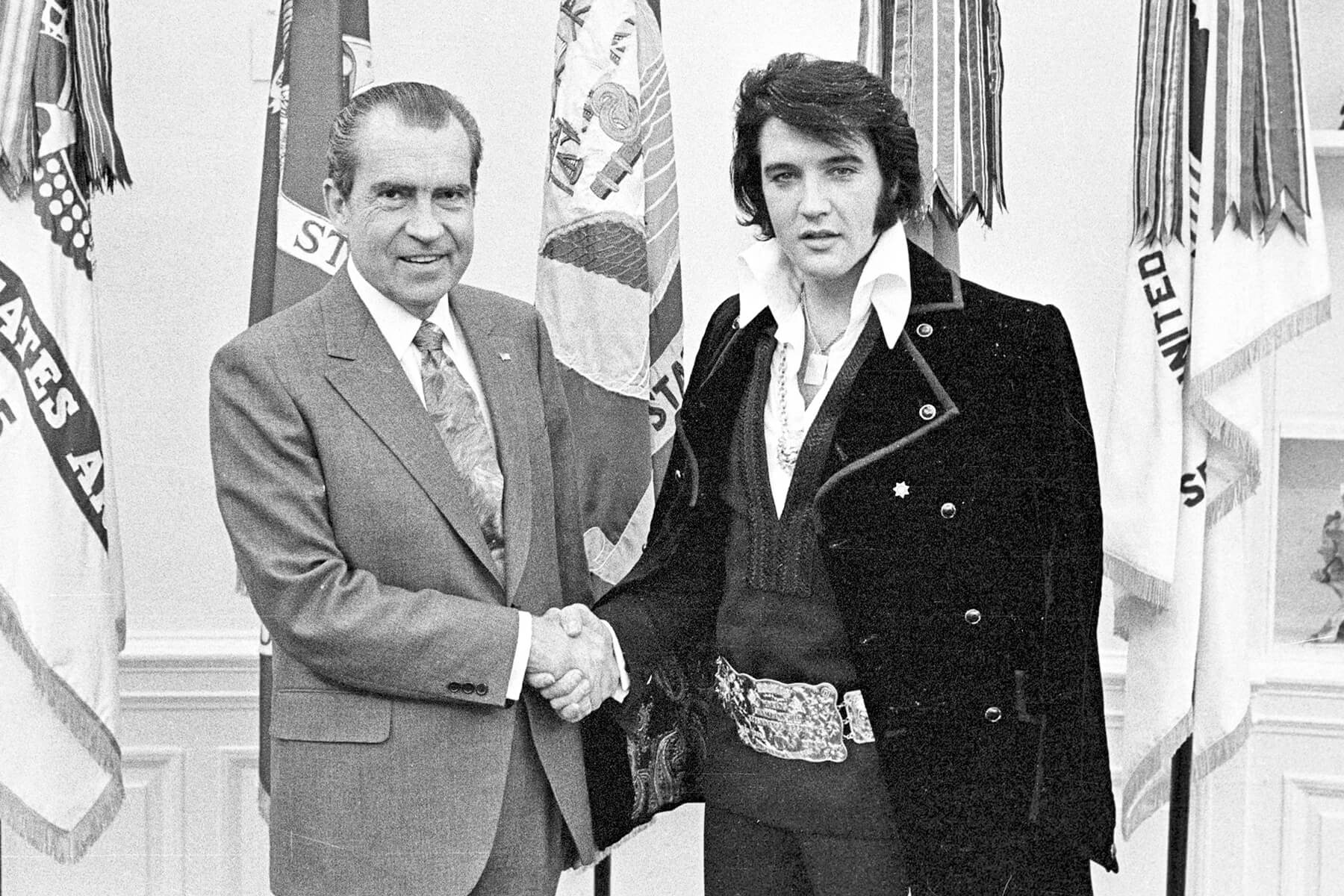Hydration is big business. From those popular tumblers that influencers and soccer moms are coming to blows over in Target aisles, to apps that tell you when to have your next cup, the pressure to drink water — and how to do it — seems to be everywhere. And we’ve all probably seen the #WaterTok and #Hydrationation hashtags on social media with millions of views, that encourage users to share water consumption tips and show off their pricey water-bearing vessels.
Trends aside, water consumption is important. Proper hydration helps regulate your body temperature, lubricates and cushions your joints, keeps your body tissues healthy and rids your body of waste. Getting dehydrated can lead to overheating, mood swings, confusion, and constipation. The National Institutes of Health (NIH) has even made a correlation between poor hydration and — yikes — dying younger.
We’ve all heard the advice to drink eight cups of water a day, but it’s coming to light that this guidance might be outdated; it’s from a 1945 study from the Food and Nutrition Board of the National Research Council. In it, adults were encouraged to consume 64 ounces of water a day, including all their food and beverage intake, which was misinterpreted and resulted in the “eight 8-ounce glasses of water per day” recommendation.

So, How Much Water Should You Drink?
While the Centers for Disease Control (CDC) doesn’t give an exact number of glasses to aim for, they do point to a study in the National Academies of Medicine that suggests women drink nine cups of beverages per day, while men should drink 13 cups of beverages. However, these recommendations take into account that around 20% to 30% of our daily fluid needs come from foods like fruits and vegetables.

How To Boost Hydration Besides Drinking Water
The CDC says that your daily water intake can come from a variety of foods such as watermelon and spinach (which are almost 100% water by weight) and low- or no- calorie beverages such as plain coffee or teas, sparkling water, seltzers, and flavored waters. (Good news for LaCroix fans.) Low-fat or fat-free milk, unsweetened milk alternatives, and 100% fruit or vegetable juices can also be sources for your liquid quota, although the CDC advises being mindful if you’re on a calorie-restricted diet.
According to the Mayo Clinic, water consumption isn’t a one-size-fits-all issue, and you may need less or even more water depending on different factors such as the weather, your exercise levels, or if you’re pregnant and/or breastfeeding. The Mayo Clinic also points out that your overall health will determine your liquid intake: If you’re feverish or experiencing vomiting or diarrhea, your body is losing fluids and you will definitely need additional hydration.

Rethinking More ‘Rules’
The old adage of “drink when you’re thirsty” might not keep you adequately hydrated, either. Research cited by the Harvard School of Public Health shows that if you’re sick, you might not have an accurate sense of thirst to assess your fluid intake. This also applies to the elderly, athletes, and infants. It’s advised to monitor the amount and color of urine, which can roughly indicate whether or not you’re dehydrated; darker, more concentrated urine means it contains less water. (Keep in mind that some foods, medications, and supplements can also change urine color.)

Be Wary of Online Beverage Trends
If you’re having a hard time parting with your gargantuan tumbler and your favorite #watertok recipe of the day in pursuit of hydration, experts say proceed with caution. (In case you’re not familiar, the hashtag campaign features users sharing the “recipes” they mix up by adding powders and syrups to their water to make flavors like “birthday cake,” “strawberry shortcake,” and “tropical paradise.”)
Registered dietitian Abbey Sharp warns about the effects those added elixirs may be having on your health. “A lot of these water enhancers contain citric acid, which can wear away at teeth enamel, plus food dye, which can stain your teeth as well as cause rashes and/or hyperactivity in some folks,” Sharp said in a TikTok video. “They also contain artificial sweeteners like aspartame or Splenda, which while safe, can cause digestive issues in sensitive folks and ultimately should be enjoyed in moderation. And even if you don’t have immediate side effects from your daily 32 ounces of flavored colored water, I think there’s value in trying to reduce our reliance on sweeteners of any kind.”

Yes, You Can Be Too Hydrated
There’s also such a thing as drinking too much water. Water toxicity, or hyponatremia, occurs when your water intake is so excessive that your kidneys can’t get rid of the water quickly enough, diluting the sodium content of your blood. This causes fluids to move out of the bloodstream and into tissue cells and expand. It’s a very serious condition that can lead to seizures, coma, and death. Symptoms of hyponatremia can include confusion, lethargy, headache, and drowsiness.
Although hyponatremia is rare in healthy adults, it can occur in athletes who may consume too much water during prolonged or intense exercise. It has also been seen in individuals using MDMA (ecstasy), who may experience a distorted sense of thirst that leads to excessive water consumption. So, while it’s good to be hydrated, there’s no reason to overdo it.
This article is for general informational purposes only.
Affiliate Disclaimer Medical Disclaimer














 Unique Beauty is free for all users.
Unique Beauty is free for all users.